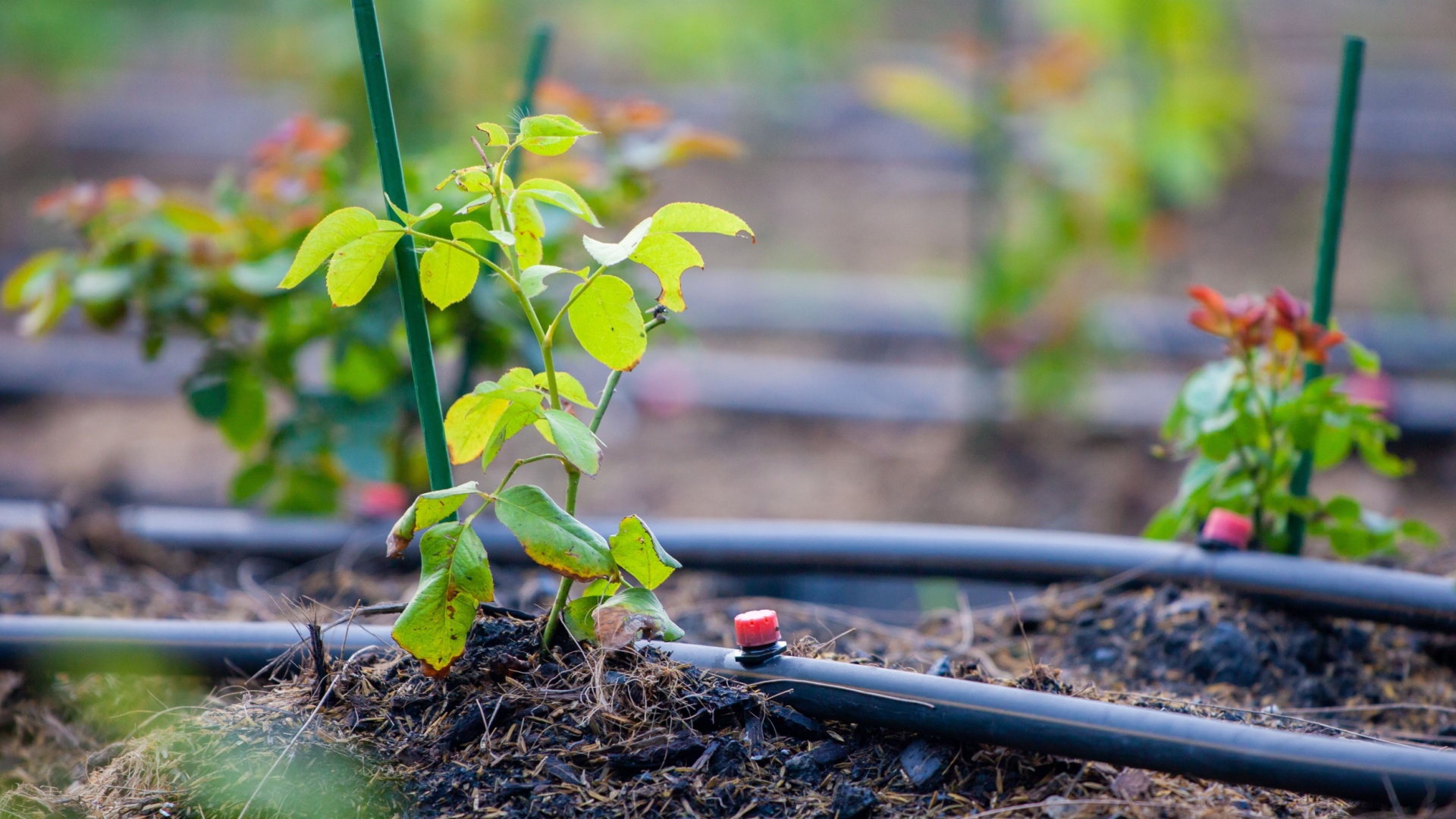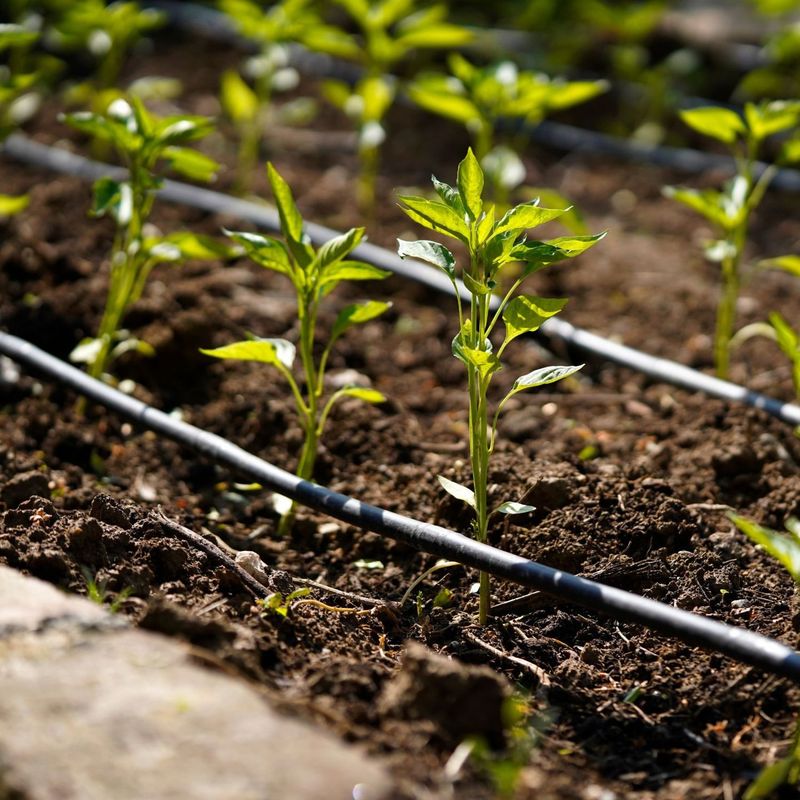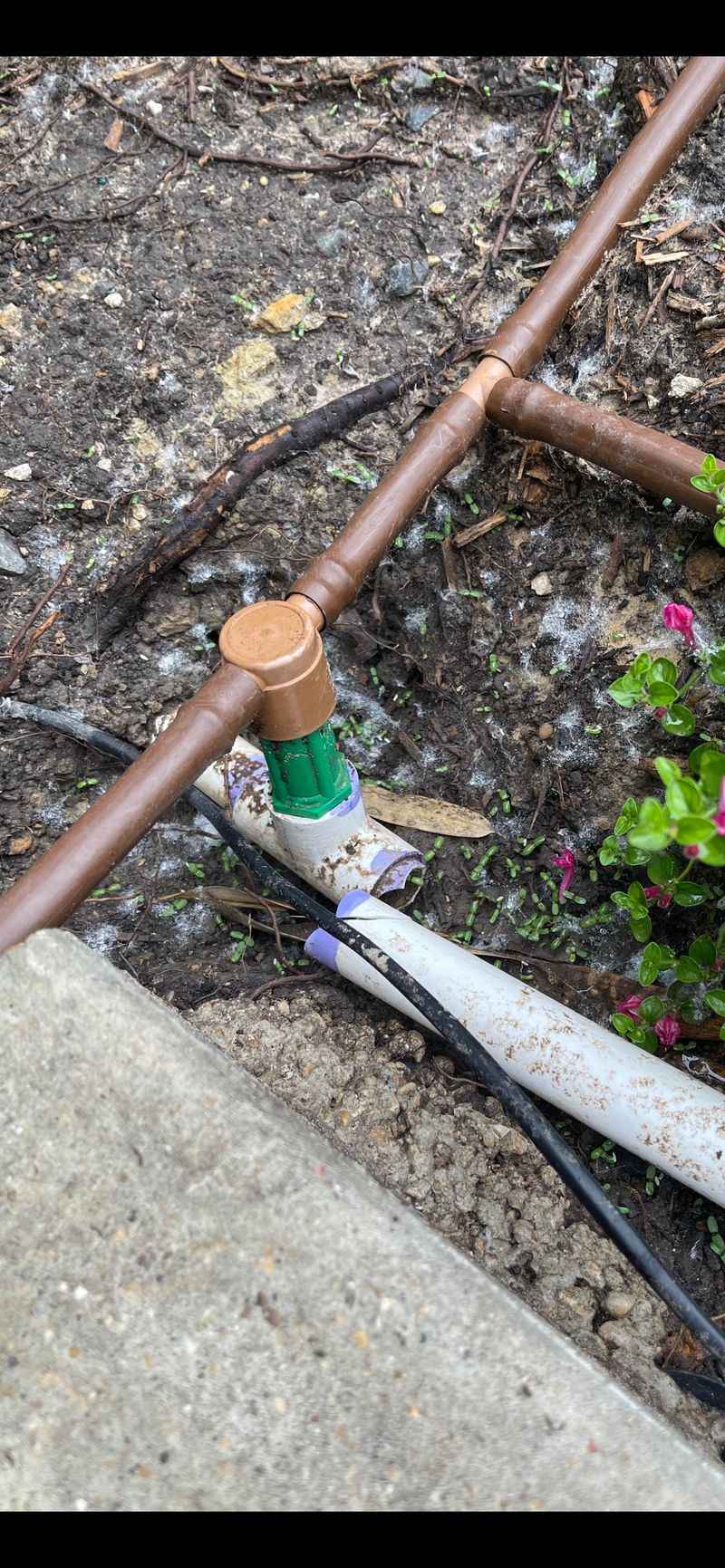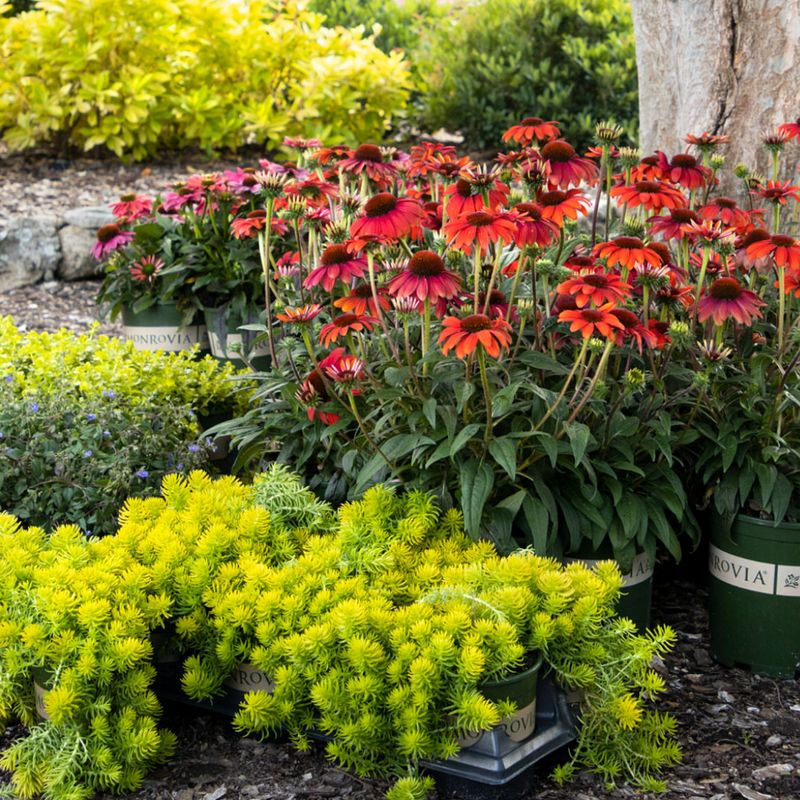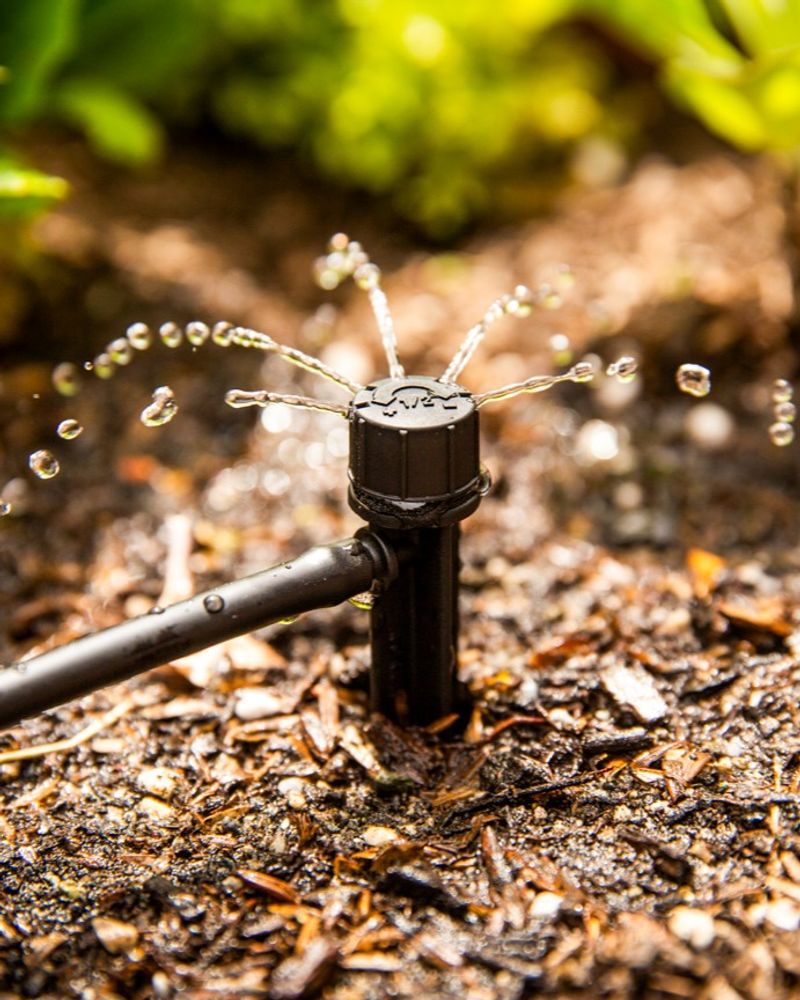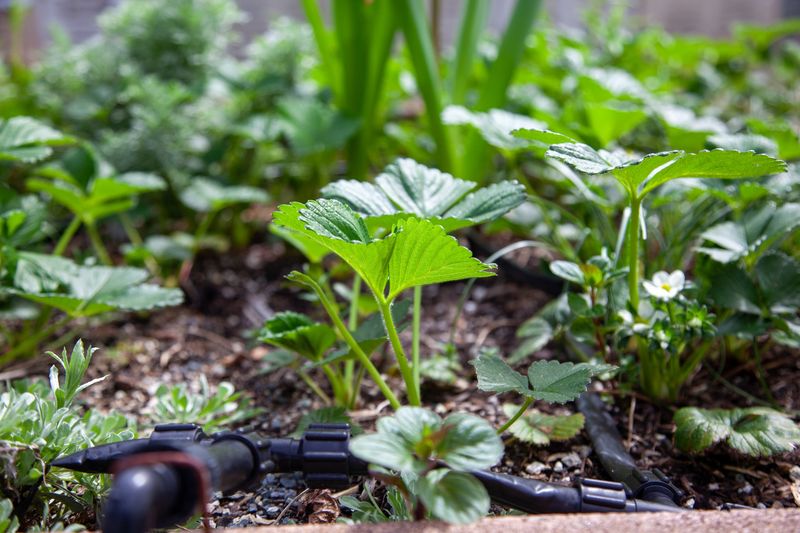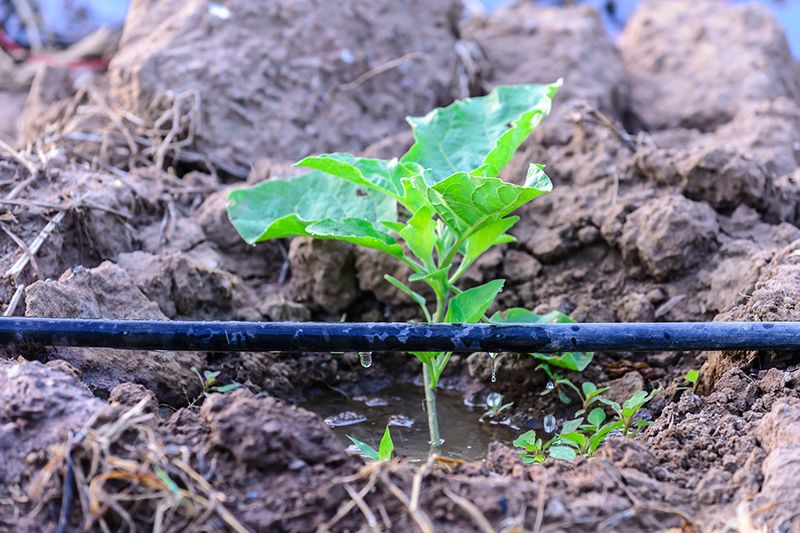August in Nevada brings scorching temperatures that can drain your water supply faster than a desert mirage disappears. Drip irrigation offers a smart solution for keeping gardens thriving while conserving precious water.
With Nevada’s ongoing drought concerns, mastering efficient watering techniques isn’t just good for your wallet – it’s essential for our community’s future.
1. Schedule Watering for Dawn or Dusk
Timing makes all the difference when watering in Nevada’s brutal August heat. Early morning (before 7 AM) or evening (after 7 PM) watering dramatically reduces evaporation losses.
The cooler temperatures allow water to soak deeply into the soil instead of evaporating into thin air. Your plants actually receive the moisture you’re providing, making each precious drop count toward plant health rather than disappearing uselessly.
2. Install Pressure Regulators
Unregulated water pressure can turn your efficient drip system into a wasteful mess. Too much pressure causes emitters to mist rather than drip, leading to significant water loss through evaporation.
A simple pressure regulator costs about $15-25 but saves thousands of gallons annually. Look for regulators rated between 20-30 psi for optimal drip irrigation performance in Nevada’s climate. Your water bill will thank you!
3. Group Plants by Water Needs
Hydrozoning revolutionizes your garden’s efficiency by placing plants with similar water requirements together. Native desert plants need far less water than non-natives or vegetables.
By grouping thirsty plants separately from drought-tolerant ones, you can customize watering zones and deliver precisely what each area needs. No more overwatering succulents or underwatering tomatoes! This strategic approach can reduce water usage by 20-40% while keeping everything properly hydrated.
4. Add Smart Controllers
Smart controllers are the brains behind truly efficient irrigation systems. These devices automatically adjust watering schedules based on local weather data, soil moisture, and evapotranspiration rates.
When unexpected rain falls (yes, even in Nevada!), these systems skip scheduled waterings. Many models connect to your smartphone, allowing remote adjustments when you’re away. Users typically report 30-50% water savings after installation – a substantial benefit during August’s peak water demand.
5. Use Mulch Generously
Mulch acts like a protective blanket for your soil during Nevada’s intense August heat. A 3-4 inch layer of organic mulch dramatically reduces evaporation around drip emitters, keeping moisture where plants need it.
Beyond water conservation, mulch suppresses water-stealing weeds and moderates soil temperature extremes. Rock mulch works well in desert-themed areas, while wood chips or compost benefit vegetable gardens. Either way, you’ll use up to 30% less water while improving plant health.
6. Perform Monthly Emitter Checks
Nevada’s mineral-rich water often clogs drip emitters, creating dry zones you might not notice until plants show stress. Make a monthly inspection ritual during August when water needs are highest.
Turn on your system and walk each zone, looking for dry spots or geysers from broken lines. Clean clogged emitters by soaking them in vinegar solution overnight. Regular maintenance prevents both water waste and accidental plant loss during the most critical summer month.
7. Capture AC Condensate
Your air conditioner produces gallons of perfectly usable water daily during Nevada’s sweltering August. This condensate normally drains away unused, but can be redirected to supplement your drip system.
A simple DIY setup using plastic tubing can route this free water to nearby plants or into a collection barrel. A typical home AC unit produces 5-20 gallons daily during peak summer use – significant free water that requires no additional energy to pump!
8. Apply Water-Retaining Polymers
Water-retaining polymers work like tiny sponges in your soil, absorbing excess moisture during watering and slowly releasing it between cycles. In Nevada’s August heat, this technology can extend time between necessary waterings.
Mix these crystals into the soil around drip emitters when planting or renovating garden areas. They’re particularly effective for container gardens and raised beds where soil dries quickly. One application typically lasts 3-5 years, making this a long-term water-saving solution.

